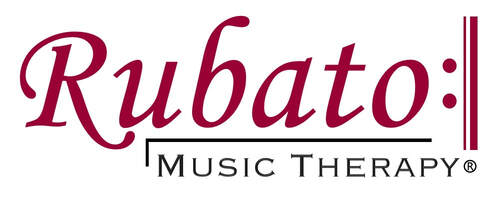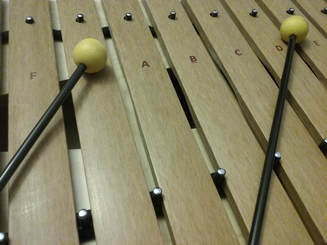"Music therapy is the clinical and evidence-based use of music interventions to accomplish individualized goals within a therapeutic relationship by a credentialed professional who has completed an approved music therapy program" (American Music Therapy Association, 2024).
|
Some Examples of Music Interventions:
|
These music experiences do not constitute music therapy in themselves. Rather, these are some of the interventions that you may expect to be used therapeutically in order to address specific goals and objectives during a session facilitated by a board-certified music therapist.
In addition, while music may be paired with movement, visual art, or drama during music therapy sessions, music remains the primary medium in music therapy. Music therapy is not the same as dance/movement therapy, art therapy, or drama therapy. |
Some Examples of Goals*:
- Psychological - to increase emotional expression, to improve coping skills
- Cognitive - to increase attention span, to improve academic skills
- Communicative - to increase verbal communication, to improve receptive communication
- Social - to increase interactions with others, to improve impulse control
- Physiological - to improve grasp, to increase use of limbs, to maintain range of motion
*Music Therapy is not a replacement for Counseling, Speech Therapy, Occupational Therapy, Physical Therapy, or other types of therapy, but music therapists can collaborate with other members of your healthcare team in order to promote desired outcomes. Likewise, music therapy can also provide opportunities to support IEP and IPP goals.

